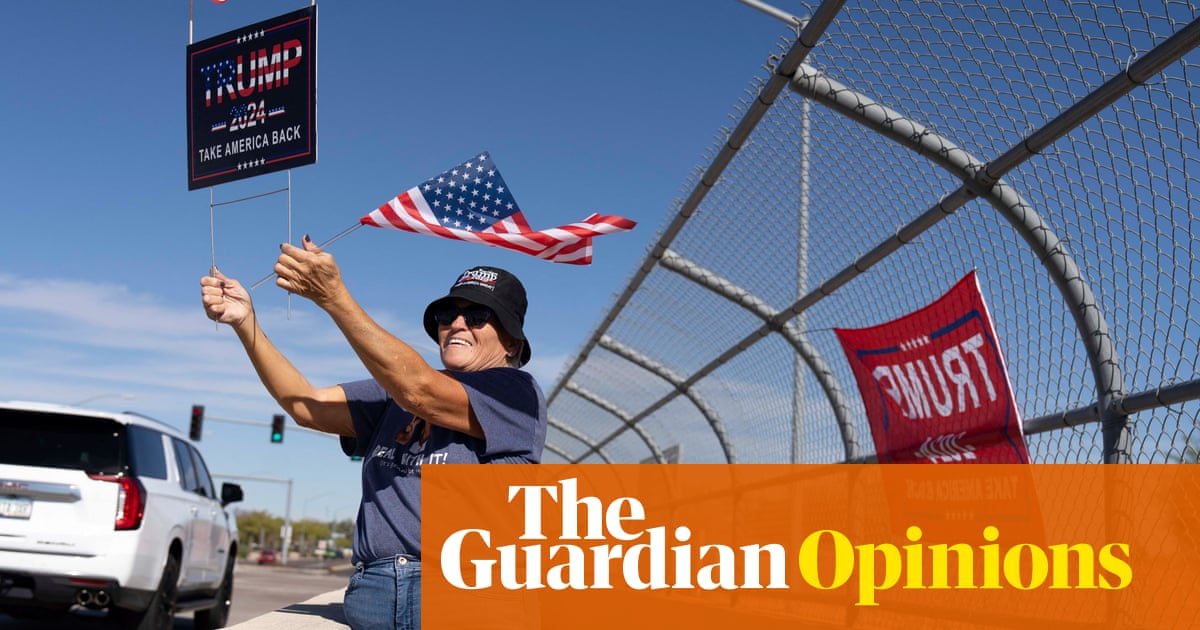The rhythm of far-right successes began with Viktor Orbán’s landslide in Hungary’s 2010 parliamentary election. Since Narendra Modi’s victory in the 2014 Indian general election, it has scarcely paused: Trump’s first ascent to the White House, the Brexit vote and Rodrigo Duterte’s success in the Philippines all took place in 2016. Two years later, Jair Bolsonaro scored an upset in Brazil. Since the pandemic, the Brothers of Italy won the Italian general election in 2022 and Javier Milei took the Argentinian presidency in 2023. For most of this period, Benjamin Netanyahu’s Likud has ruled Israel in coalition with far-right parties. Even where it is not in power, the far right is gaining, as in France and Germany. In the long view, the defeat of Trump in 2020 and Bolsonaro in 2022 were predictable oscillations in a general pattern of ascent.
Why does the far right keep winning? Is it “the economy, stupid”, as James Carville put it during Bill Clinton’s 1992 presidential run? The idea that far-right voting reflects a protest by the economically “left behind” is quite popular.
There is a kernel of truth to this: the state of the economy was the single biggest motive for Trump voters in 2024. Liberals, snarking about the “vibecession” – the mistaken belief by the public that the economy is in recession – say GDP is growing and inflation is modest at 2.4%. But headline figures don’t reflect how most people experience the economy. Prices are 20% higher than before the pandemic and, more importantly, prices for essentials such as food are up 28%. Household debt was a major stress factor. Biden also cut a raft of popular benefits established during the pandemic. Unsurprisingly, most people don’t believe the headline figures.



Yup. If the elites (ie: economists, politicians, etc) don’t start paying attention to the majority of us who are barely making it, why should we believe them when they say ‘but the economy is doing well’?